 |
||||||||||||||||||||||||
 |
 |
|||||||||||||||||||||||
 |
||||||||||||||||||||||||
 |
 |
 |
 |
|||||||||||||||||||||
| 2015 CIRCLES | 2014 CIRCLES | 2013 CIRCLES | 2012 CIRCLES | |||||||||||||||||||||
|
||||||||||||||||||||||||
 |
 |
|||||||||||||||||||||||

|
Potterne Hill, Wiltshire, 7th June 2023 Condition of Laid Stems Apart from obviously walked areas, the condition of laid stems throughout the formation is immaculate. The crop displays no signs of damage and the ‘bloom’ coating the surface of the stems themselves is still intact throughout. In areas that have been trodden down by visitors, which is unavoidable when walking through the design, the seedheads themselves are significantly damaged, while in the many areas that have not been walked on, seedheads are still in perfect condition.
Standing Centre The first, and most striking feature of this incredible formation is the huge expanse of standing crop which makes up the centre of the design. Reminiscent of crop circle classics such as Crooked Soley in 2001 and, more recently, Cley Hill in 2016, the centre point of the whole crop circle lies firmly within the untouched stems between tramlines. To clarify the significance of this, it only takes one crop circle visitor to step into the standing crop and the mark made is indelible. Only one day after its appearance, many ‘trails’ such as this emanated from the original, pristine design, where people had walked through tramlines or to the field edge closest to the formation. There is no damage to the standing centre of the crop circle.
Overlapping In each ‘petal’, the stems are laid radially, from the centre ring, out towards the perimeter. As each ‘petal’ has two halves, the stems within each side must meet in the middle to form the final shape of each of the 36 outer sections. Where this overlapping occurs, stems are layered and almost woven over one another. In some places, this leaves stems on the top layer up to 10 inches off the ground and, when gently lifting the layers, the depth is astonishing.
Flow The laid ring which defines the standing centre of the formation is laid clockwise and stems from here are laid radially towards the outer petals. Within all flattened areas, there is a gentleness to the way stems have been laid. They are not heavily flattened to the ground and, where laid stems meet standing edges, there is a delicate brushing, an effect we have seen many times throughout recent seasons. Stems are essentially flattest in the centre of each laid pathway and least flat at the sides. The gentleness of flow is especially prominent as stems flow towards the points of each petal. At the outermost point of each, seed heads are barely laid at all, laying just a few inches below those in the adjacent standing crop.
Tramlines At the outer circumference of the circle, where the laid stems in petals are perpendicular to the tramlines, there are multiple examples of the subtle interplay between the laid stems and the tramlines themselves. In one or two places, the very tip of the petal ‘meets’ the edge of the tramline perfectly. In other places, there are just a few stems which extend further, into the next section of standing crop, beyond the tramline. This subtlety is not always easy to make out on the ground, as it sometimes only involves a handful of stems.
Bent Nodes Seemingly only evident in one small section of the design, some stems have been bent at the node to change direction, slightly, whilst remaining flat to the ground. In contrast to nodes that appear bent, but have, in fact, grown in a new direction as a result of phototropism, in this part of the formation, stems have not grown up towards the sun. There are nodes bent in alternate directions, about 20-30 degrees of straight. Why this is only evident in one, very small part of the design is, of course, impossible to say. The second image below shows the location of the bent nodes in relation to the overal formation. Thanks to Hugh Newman for the aerial image.
Another one-off feature of this incredible formation is a raised, woven section which is incorporated into another of the inner petals. Similar in its structure to the 'nest' features we have seen in a few crop circles over the years, this knotted bunch of stems is less uniform in its creation. It would be easy to overlook in the midst of so many layered stems. At the top, stems have been bent just a few inches from the seedhead, while underneath, there is quite significant weaving and knotting, forming a reasonably solid structure. As with the bent nodes, the location of this unusual feature remains a mystery, just like everything else!
Crop Circle Summary
Alternative Websites |


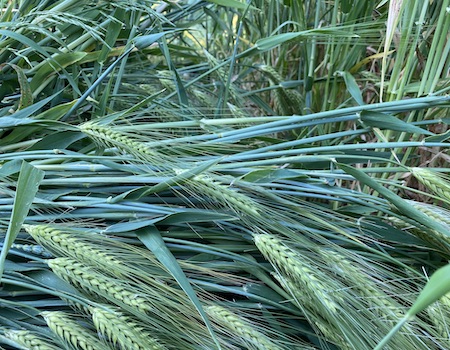
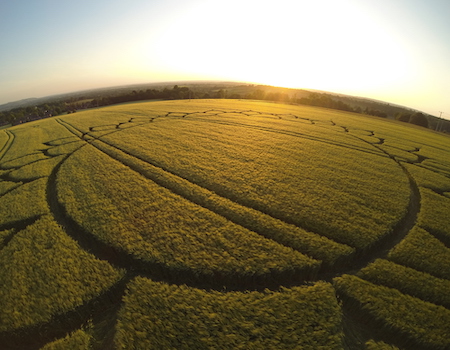
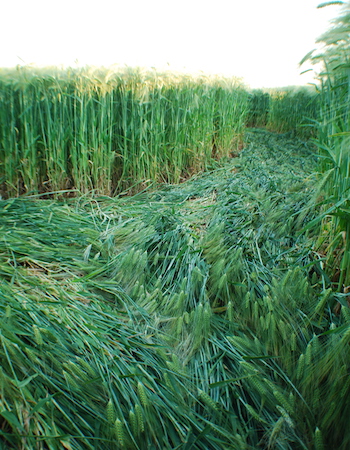
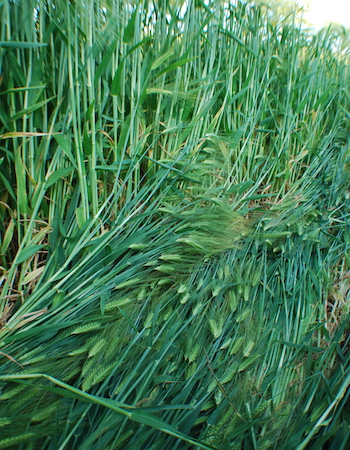
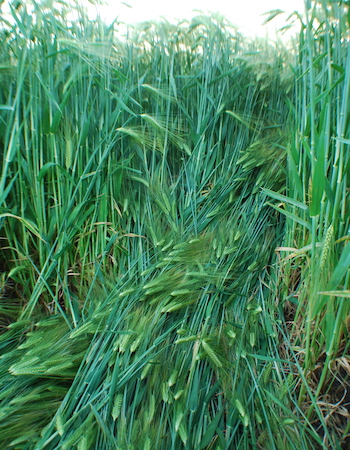
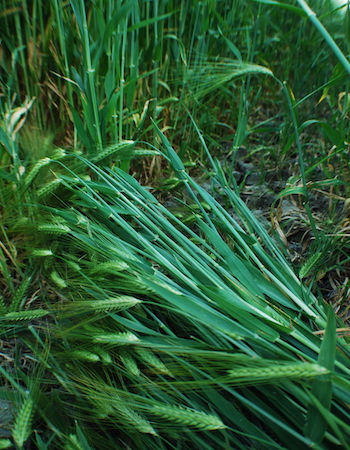
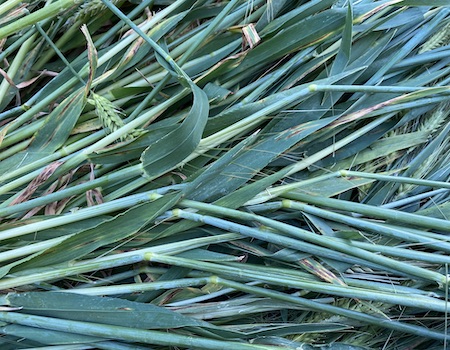
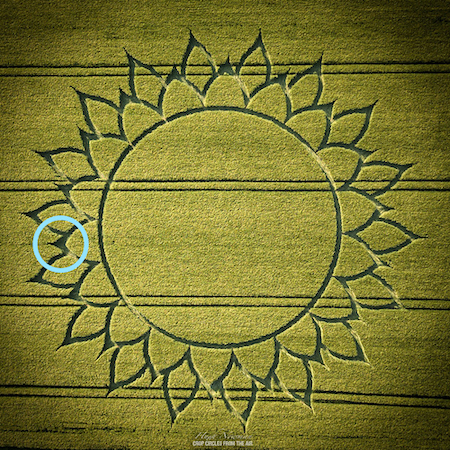
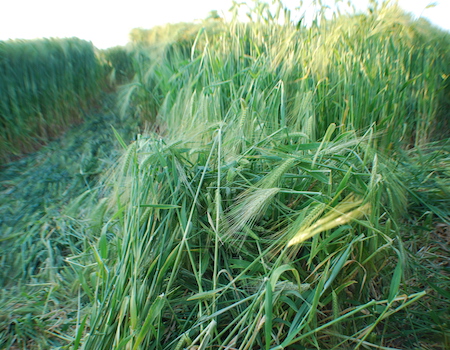
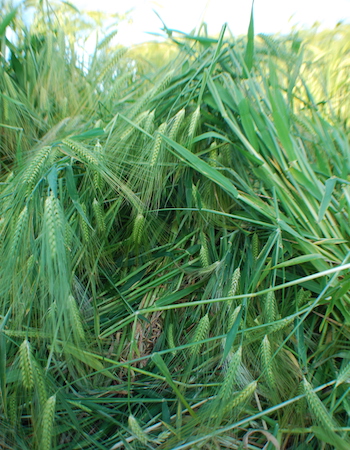
.jpeg)